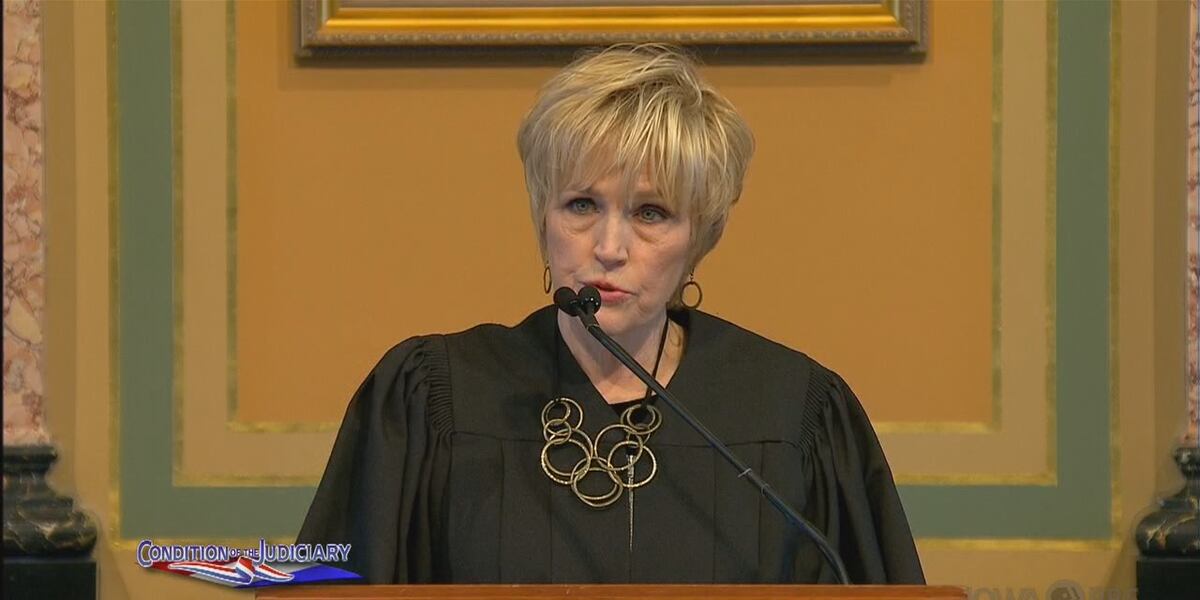Monkshood, a common flowering plant often found along hiking trails in Chugach State Park and throughout Alaska, has been blooming in particular abundance this year, botanists say.
The purple blossoms have elicited questions in some local hiking and foraging social media groups about whether the plant might pose any danger to hikers and gardeners who come into contact with it.
One social media post, which appears to have originated online a few years ago and has been reshared many times in recent days, claims that monkshood — which gets its name from its hood-shaped flowers — can enter the bloodstream through the skin, causing respiratory and cardiac arrest.
The post says picking or touching the flower could be dangerous. It calls monkshood, also known as wolfsbane, “the most poisonous plant for humans” and references a British man who reportedly died in 2014 after clearing the plant from his garden.
Local botanists and plant experts contacted for this story say that while it’s true that monkshood is a highly poisonous plant, accidental poisonings from casual contact with it are highly unlikely and very rare.
They said the real threat would come from eating any part of the plant, particularly its roots. And a good precautionary practice would be to wear gloves while handling the plant, they said.
“In my professional opinion, as someone who has worked with a lot of plants for many years in Alaska and elsewhere, you would really have to handle an awful lot of it to really get any negative effect, to the point of, I would be OK myself with handling the plant with my bare hands,” said Mike Monterusso, executive director of the Alaska Botanical Garden.
Monterusso says he fields regular questions about monkshood from Alaska gardeners wondering if it’s safe to plant or pick, and hikers wondering if touching or brushing up against the plant could cause any harm.
He tries to allay those fears, which he thinks are sometimes blown out of proportion.
“It is poisonous. But I don’t think it’s particularly dangerous,” he said. “Brushing against the plants, which I’m sure I’ve done numerous times, is not going to harm you.”
In Alaska between 2018 and 2021, there was one call per year to poison control related to monkshood, according to data from the Oregon Poison Center, which is the designated regional poison control center for Oregon, Alaska and Guam. In 2022, there were six calls, and in 2023 so far there have been five.
None of those calls resulted in a fatality. There are no records in Alaska of any deaths where aconitum, the poison found in monkshood, is listed as a cause of death, Richard Raines, a researcher at the Alaska Division of Public Health’s Vital Records Section, said in an email.
It wasn’t clear from the data why there had been an increase in calls in the last two years, and a spokesperson at the Poison Center didn’t immediately respond to questions about the increase.
Of the six calls reported in 2022, none were serious and all involved “minimal to moderate” skin exposure, according to Margy Hughes, an injury prevention specialist with the Alaska Department of Health. The recommendation given in all cases was to wash the exposed skin with soap and water, she said in an email.
[Alaska’s wild blueberries are good for you. Right?]
In Southcentral Alaska, this year seems to be a particularly good year for monkshood, according to Matthew Carlson, director of the Alaska Center for Conservation Science at the University of Alaska Anchorage.
The cool weather at the start of the summer seems to have pushed back many flowering plants’ blooming season by about three weeks and caused many to bloom all at once, including monkshood, Carlson said.
Two native species of monkshood, or aconite, grow across Alaska, parts of Canada and northern Japan, according to Justin Fulkerson, a lead botanist at the Alaska Center for Conservation Science at UAA.
The plant comes in a range of colors, but usually purple, white and blue. Some species of monkshood that aren’t native to Alaska come in yellow, or a two-tone blue and white.
Most of the “incredibly rare” poisoning events in North America that Fulkerson is aware of stemmed from incorrect dosages as Chinese medicine, he said in an email.
“It should be fine if you brush up against it, or touch it,” Fulkerson said. “I’ve collected it for research with my hands, and I’m still alive.”
For skin absorption to occur, the toxin would need to be in a concentrated form, like a tincture, according to Fulkerson. If the plant comes into contact with a mucous membrane or broken skin, some of the toxin could also be absorbed.
Even in those cases, “death is rare and general sickness that needs medical care is generally more common with accidental exposure or overdose,” he said.
Monkshood has a rich history and folklore attached to it. The plant has been linked in horror and fantasy literature to the supernatural: In the Harry Potter books, werewolf Remus Lupin drinks a potion made of wolfsbane each month to avoid harming anyone.
In Alaska, Alutiiq people reportedly used spears dipped in the pulverized root of the monkshood plant while hunting whales.
[As ticks gain ground in Alaska, researchers say health risk remains low for now]
On an afternoon walk through the Alaska Botanical Garden in East Anchorage, Monterusso pointed out blue and purple monkshood plants, and also a few other common plants in Alaska that can cause problems for the unaware, such as devil’s club and cow parsnip.
Those plants, he said, can be more of a headache for hikers who brush up against them than monkshood.
Overall, the plant experts encourage caution, but not fear, when it comes to the plants, berries and flowers that Alaskans encounter on hikes and in their gardens.
Monterusso also had a good rule of thumb for interacting with the natural world.
“You shouldn’t eat, or touch or handle any plant really if you’re not familiar with it,” he said.

:quality(70)/cloudfront-us-east-1.images.arcpublishing.com/adn/EJBA6WNY4RBYXGJXVEIAY6VBQA.JPG)
:quality(70)/cloudfront-us-east-1.images.arcpublishing.com/adn/EJBA6WNY4RBYXGJXVEIAY6VBQA.JPG)
:quality(70)/cloudfront-us-east-1.images.arcpublishing.com/adn/AQE7BZMYXJGD3OTALN7ME5G66Y.JPG)



















/cdn.vox-cdn.com/uploads/chorus_asset/file/25822586/STK169_ZUCKERBERG_MAGA_STKS491_CVIRGINIA_A.jpg)

/cdn.vox-cdn.com/uploads/chorus_asset/file/25821992/videoframe_720397.png)




